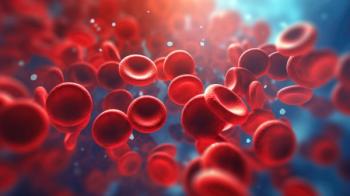
Nitrosamine Determination Using GC–PCI-QTOF-MS
Researchers have developed an alternative method to reduce interferences for the analysis of N-nitrosamines using GC coupled to HR-QTOF-MS.
Researchers have developed an alternative method to reduce interferences for the analysis of N-nitrosamines using gas chromatography (GC) coupled to high-resolution quadrupole time-of-flight mass spectrometry (HR-QTOF-MS) (1).
The existence of N-nitrosamines in water bodies has developed into a major environmental and public health concern as more evidence has emerged of their role as probable human carcinogens, mutagens, and teratogens (2). N-nitrosamines are pervasive in industrial manufacturing processes, as well as in tobacco smoke and in the disinfection of drinking water. They are found in surface waters, groundwaters, in the influents and effluents of wastewater treatment plants, and in drinking water (3). The formation of N-nitrosamines from precursors during water treatment processes causes further problems.
The World Health Organization (WHO) has set out guideline values for the analysis of nitrosamines in the nanograms per litre (ng/L) region, depending on the risk level estimates of the specific compound. Highly sensitive methods are now required to research nitrosamine occurrence in water. Current methods for nitrosamine detection use gas chromatography tandem mass spectrometry (GC–MS/MS) in positive chemical ionization (PCI) mode, however, the lowâmolecular-weight of nitrosamines leads to background ions that can interfere with their determination. Researchers theorized that such ion interference could be solved using high-resolution mass spectrometry and aimed to develop an alternative method that reduces background interference issues using a QTOF instrument.
Results indicated that the GC–PCI-QTOF-MS method developed in the study can provide sufficiently low detection limits for the determination of nitrosamines in water samples with excellent selectivity compared to the existing methods. This method offers a valuable alternative to those currently available and does not require large-volume injection.
References
- B.J. Sieira et al., Separations7(1), 3 (2020).
- J. Choi and R.L. Valentine, Water Res.36, 817–824 (2002).
- J. Nawrocki and P. Andrzejewski, J. Hazard. Mater. 189, 1–18 (2011).
Newsletter
Join the global community of analytical scientists who trust LCGC for insights on the latest techniques, trends, and expert solutions in chromatography.




